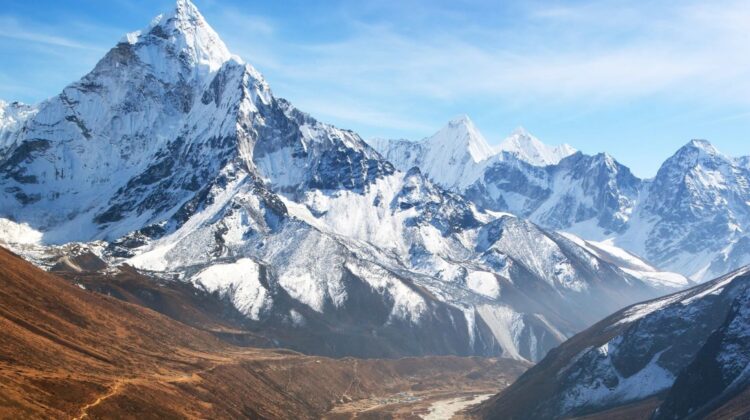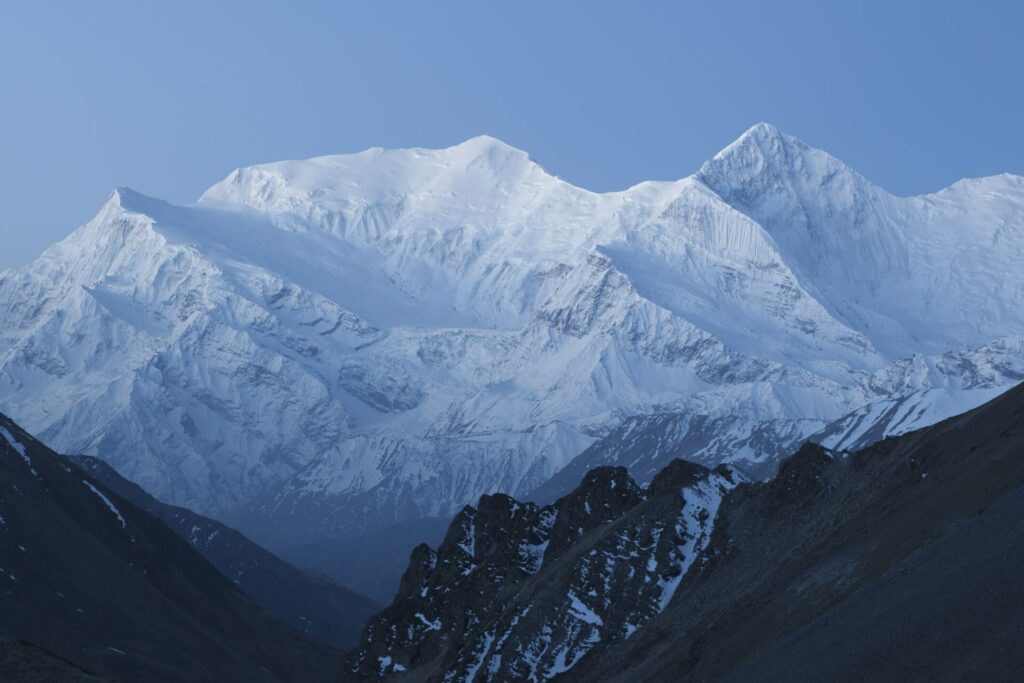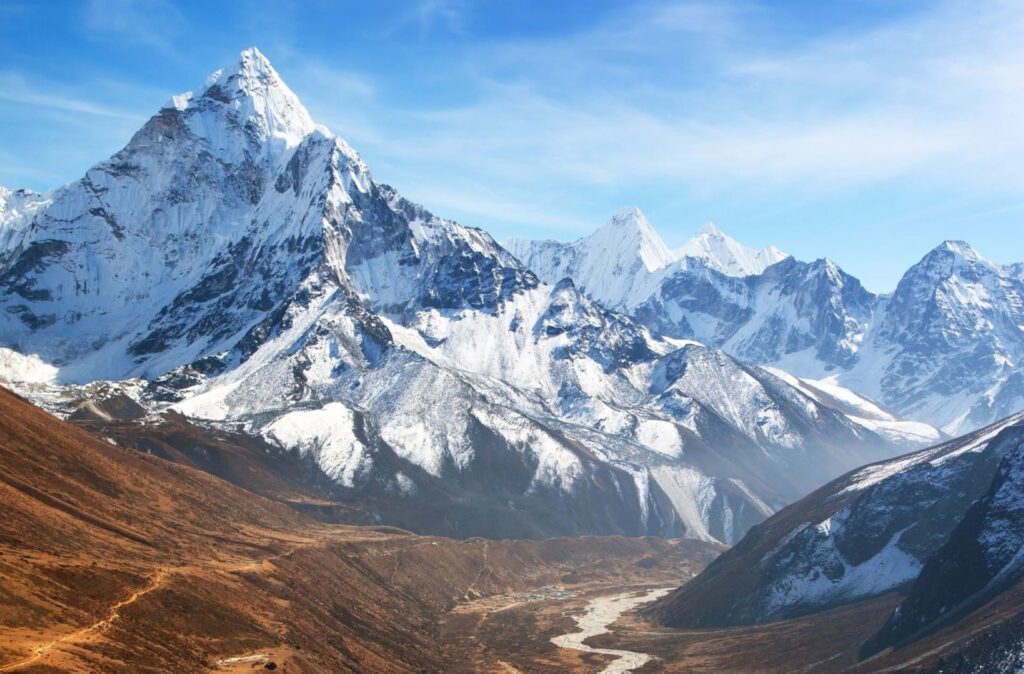
A profound and alarming event is unfolding deep within the Himalayan mountains, with potential repercussions that extend far beyond the region. According to CBS News, the Himalayan glaciers are experiencing an unprecedented rate of melting, posing a serious threat to the global climate.
The affected region, known as the Hindu Kush Himalayan (HKH) region, stretches over 2,000 miles and encompasses the world’s highest mountains, including the iconic Mount Everest. It holds the largest volume of ice on Earth outside the polar regions, making the current rate of melting a matter of global concern.

A recent report by the International Centre for Integrated Mountain Development (ICIMOD) warns that if the planet continues to experience an average rise of 4 degrees Celsius, up to 80% of the Himalayan glaciers’ ice could be lost by the end of this century. The report reveals that the HKH glaciers melted 65% faster in the 2010s than in the preceding decade. Mount Everest’s glaciers, according to LiveScience, have lost the equivalent of 2,000 years of ice since 1990, with each passing year witnessing further decades of ice loss.
Philippus Wester, the ICIMOD’s chief scientist on water resources management and lead editor of the report, expressed deep concern, stating, “This is a lot, this is alarming… On human time scales, we have never seen glacial melt this rapid, this fast.”

The repercussions of this accelerated melting are not confined to the immediate region. The HKH region feeds 12 rivers that traverse 16 Asian nations, supplying freshwater to nearly 2 billion people. The potential consequences of melting glaciers include floods, landslides, avalanches, and crop losses, creating a dire situation for the affected populations.
Izabella Koziell, deputy director-general of the ICIMOD, emphasized the global impact, stating, “Even if this feels remote to us sitting far away, it is going to affect us, whether that is through mass people movement or sea-level rise.”

Addressing the urgency of the situation, scientists are calling for immediate action to curb the planet’s overheating. Koziell urged a commitment to decarbonization, stating, “If we commit to decarbonization now, we still have an open window. We seriously need to keep that window open… We need to seriously commit to reducing greenhouse gas emissions.”
Individuals can contribute to this effort by adopting sustainable practices to limit the emission of heat-trapping gases. Recommendations include avoiding single-use plastics, incorporating clean energy sources like solar or wind at home, upgrading to energy-efficient appliances, and reducing the use of methane gas by choosing public transportation, cycling, or switching to electric vehicles. The collective effort to mitigate climate change is imperative to safeguard not only the Himalayan glaciers but the delicate balance of the planet’s climate system.

Leave a Reply